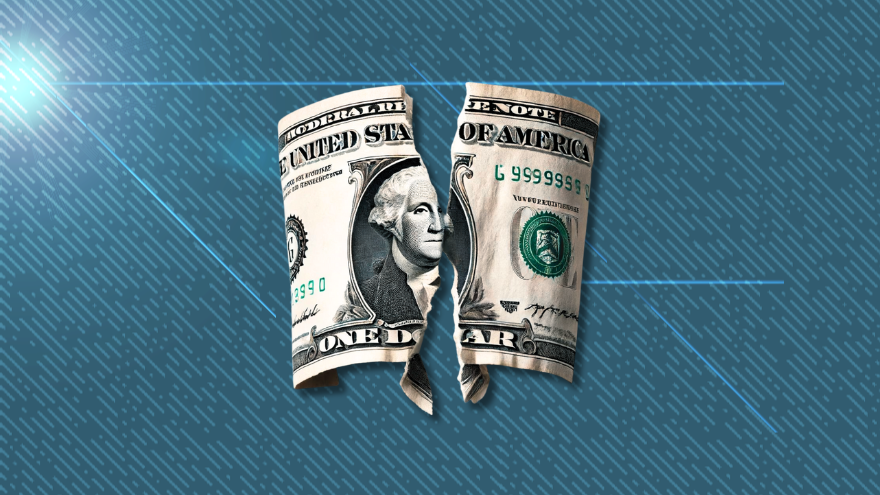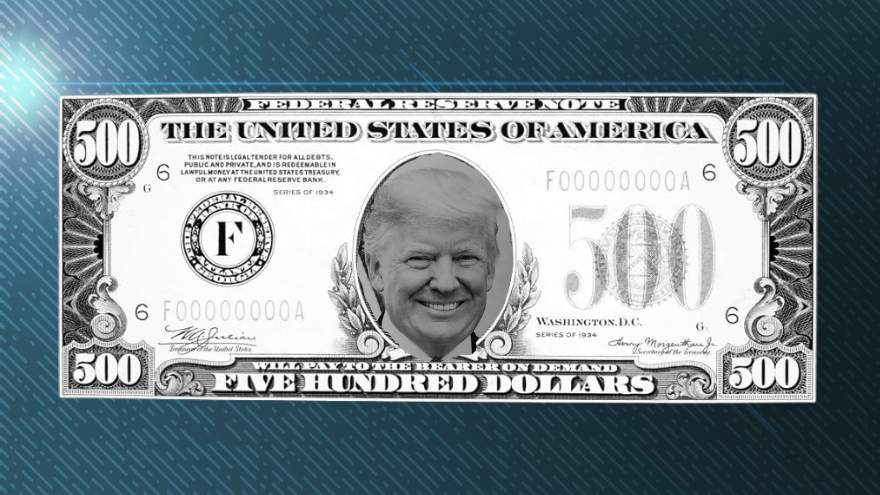As people deliberate on their choices for the upcoming November elections, new national survey data reveal that the economic hardships faced by millions of middle-class Americans are largely overlooked by the government. According to a new poll commissioned by the National True Cost of Living Coalition, 65 percent of Americans who consider themselves middle-class are currently struggling financially and do not expect their situation to improve. Despite the Biden administration's reports of job gains and a robust economy — such as the addition of 272,000 jobs in May — analysts suggest that the administration is presenting an overly optimistic picture of the economic situation, arguing that the reality is far more challenging than what is portrayed in the media.Less than five months before the 2024 elections, economic concerns remain a primary issue for voters nationwide.
Not sure I've ever seen the chairman of the Federal Reserve publicly accuse the White House of cooking the books on employment numbers, but here we are. https://t.co/0i9z9SDkIN That sentiment is demonstrated in the survey from the Coalition, which also found that 40 percent of all Americans are unable to plan beyond their next paycheck, while nearly half (46 percent) lack $500 for an emergency. “The economy is booming, and yet many Americans are still gasping for air financially. They simply don’t have the breathing room to plan beyond their present needs,” Jennifer Jones Austin, CEO and Executive Director of FPWA and Co-Chair of the National True Cost of Living Coalition, said in a press release about her organization’s latest survey data. “As a nation, it is critical that we understand the true cost of living in the United States today,” she added. “That means looking beyond the most basic of economic needs to account for what 21st century Americans need to not only get by, but get ahead and also plan for tomorrow.” Though the U.S. economy has transformed over the past 60 years, the Coalition explains, the federal poverty measure (FPL) — the current measure of economic need used by the government — has not kept pace. The FPL “fails to distinguish between our most basic of needs and true economic security,” the group says, by excluding the full costs of modern essentials, including childcare, housing costs, transportation, and medical costs. Additionally, the Coalition says, FPL does not factor in the need to save for the future and pay off debt. According to the survey, nearly a quarter (24 percent) of Americans who earn more than 200 percent above the FPL are still regularly faced with difficult financial decisions. A quarter of those making less than 400 percent of FPL spend more than half their budget on housing. For individuals who want childcare, 42 percent are stressed about being able to afford it, while 56 percent are unable to afford the amount and type they want. More than half (52 percent) of Americans say paying for an unexpected expense causes them significant stress, while 49 percent are unable to save anything at all for an emergency. “With a ready-made measure of true economic security, we can begin to reconcile the gap between how we traditionally measure the economy and how every day Americans experience the economy in their day-to-day lives,” David R. Jones, President and CEO of CSS and Co-Chair of the National True Cost of Living Coalition, said in the press release. “We’ll make seen the invisible struggles of America’s middle class, while sparking the upward mobility that comes with not just barely paying the bills, but being able to look ahead and plan for the future.”
— Edward Snowden (@Snowden) June 12, 2024

